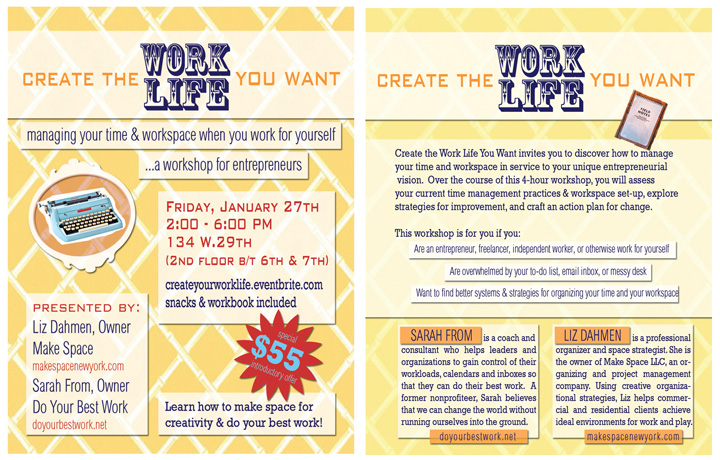If you’re like most people, you’ve responded to work email while on the grocery check-out line, on vacation, and in bed. Increasingly we are always at work unless we make a conscious decision not to be. As a workflow coach to busy professionals, I get to see both the benefits and challenges of our ever-shrinking, instantly-syncing and always-buzzing technology. The plus is that we can work from anywhere, anytime; the drawback comes when we are working everywhere, all the time.
The truth is that your inbox will still be accepting emails when you die. Will you choose to live in your inbox 24/7, or will you step away from time to time and be present in the messy, physical, relational world?
We have to get really good at choosing when we’re working and when we’re not. The radical act of unplugging – of intentionally turning off our devices for a few hours, days or even weeks – can have profound effects:
- Coworkers will see that you place boundaries on your time and adjust accordingly. By not responding to work emails after a certain time of night, on the weekends, or on vacation, you signal that you respect your own time and that of your colleagues.
- Loved ones will appreciate your undivided attention. A dinner without text messaging and a day outside without email will not go unnoticed.
- You will grow to enjoy the alertness, calm, and productivity that comes from focusing on the present moment without attending to a blinking device.
If turning off your devices for even an hour seems like an impossible feat, here are some questions to get you thinking:
- What parts of your life could you experience more fully if you were to unplug? What are the consequences if you don’t unplug?
- What one technology habit, if you changed it, would make the biggest positive impact on your life?
- Where in your day, week, or year, is it most important to you to you carve out time to disconnect from technology?
No one else will draw these boundaries for you. The only person who can stop you from answering email 24/7 is you. So, where will you draw the line?



